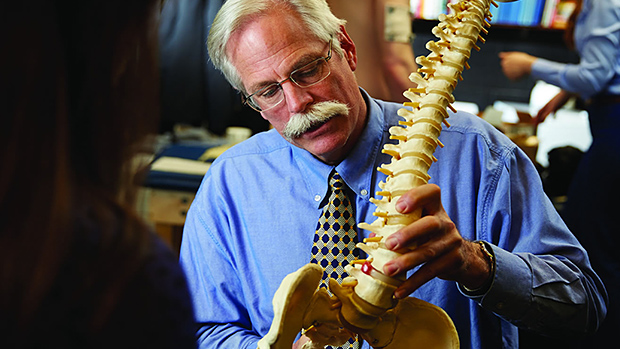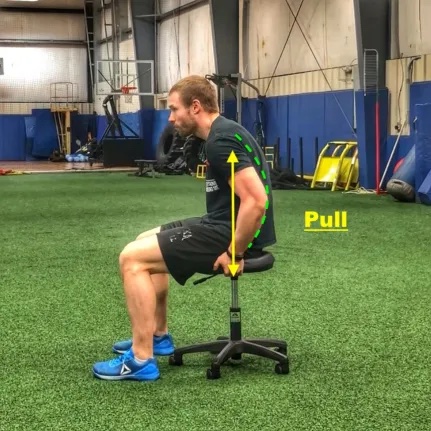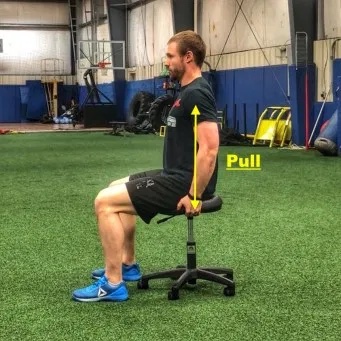
Understanding the utility and efficaciousness of evidence-based practice (EBP) is a vital first step in ensuring safe and effective outcomes with my clientele. In the following sections, I would like to provide an example of EBP, the findings I have used, and how it has helped me successfully re-strengthen clients with low back pain (once cleared from a medical professional). For several years, it was thought that flexion (i.e., frontal and sagittal plane) of the abdominal region was the best way to develop endurance and stability of the core region. These movements could “tone” the musculature. However, these motions could prove unfavourable to those individuals with painful low backs.

Dr. Stuart McGill is a spine biomechanist who has specialized in low back research with rehabilitative and performance enhancement applications (McGill, 2007). Interestingly, McGill noted that many painful low backs seemed to worsen when mobility exercises were used (i.e., crunches, twists). However, he did determine that pain was reduced or completely mitigated when stabilization exercises with a neutral spine and postural re-education were implemented to the specific etiology of a painful low back (McGill, 2007).



Dr. McGill has prescribed many methods of determining which postures replicate pain, in order to avoid/treat them. Moreover, he has developed exercise progressions and regressions to rebuild his clients’ stability, endurance and strength while minimizing pain and flare-ups (McGill, 2007). For example, McGill (2007) has tests to determine if a client is flexion, extension, or compression intolerant. These tests are simple to perform, and responses from a client are generally clear and fast. Awareness of which postures irritate the client allows me to know which motions to avoid while training, and incentivizes further assessment from a medical professional (i.e., physiotherapist, chiropractor). Additionally, it allows me to inform the client of which motions and postures to avoid when they are not with me.
EBP, fused with experience, has helped ensure optimal outcomes for my clientele. Many people suffer from different forms of low back pain. Having an approach supported by evidence has provided me with a map to successfully navigate clients through their post-rehab programs, while minimizing pain and setbacks.
References
McGill, S. (2007). Low back disorders: Evidence-based prevention and rehabilitation(2nded.). Windsor, ON: Human Kinetics.
-Michael McIsaac
